Shalimar Garden Srinagar – A Mughal Paradise on Earth
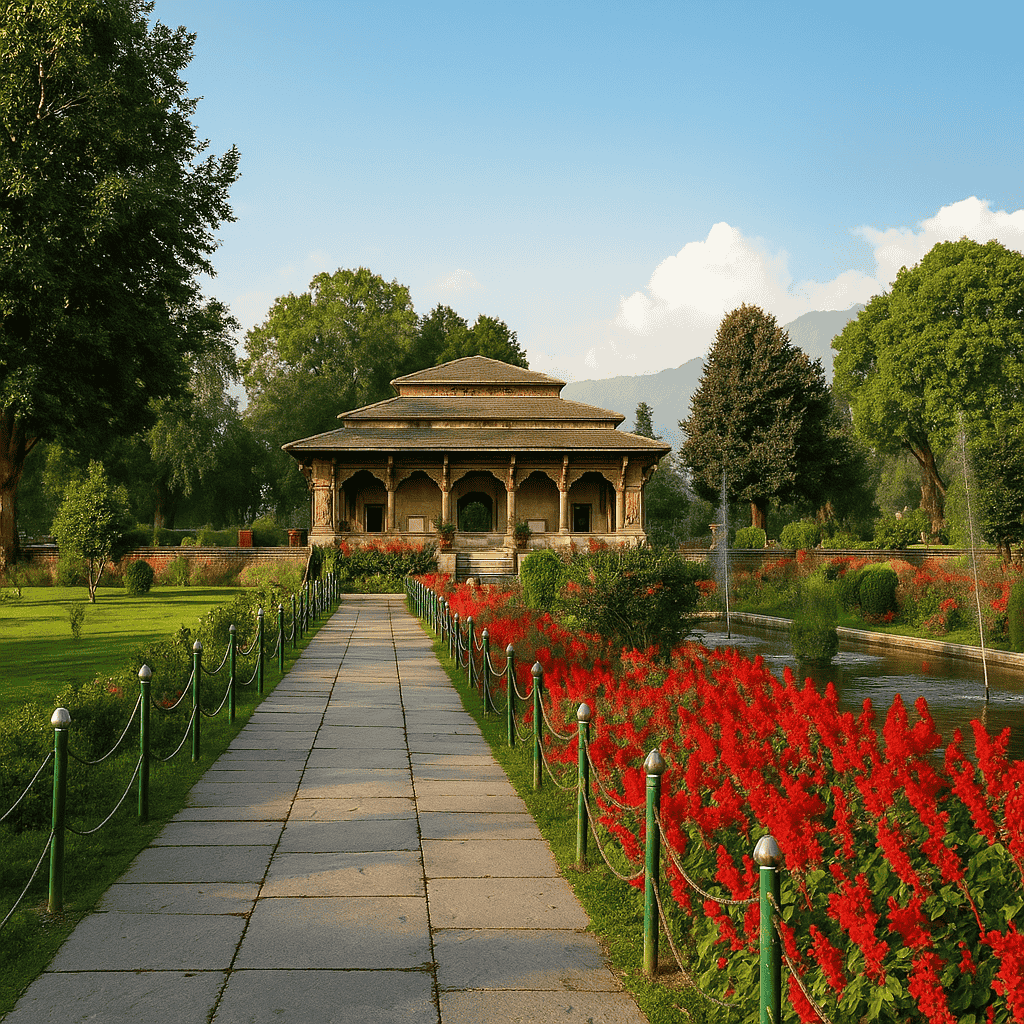
Explore Shalimar Garden in Srinagar, Kashmir — a timeless Mughal masterpiece built by Emperor Jahangir. Discover its fountains, Chinar trees, romantic history, and seasonal beauty that draws visitors from across the world. A must-visit heritage site beside Dal Lake.
Shalimar Garden Srinagar – A Mughal Paradise on Earth
Nestled on the serene banks of Dal Lake in Srinagar, Jammu & Kashmir, Shalimar Garden, also known as Shalimar Bagh, stands as a breathtaking testament to Mughal architecture and horticulture. Commissioned in 1619 by Emperor Jahangir for his beloved queen Nur Jahan, this masterpiece weaves history, poetry, nature, and royal elegance into a single experience. If Kashmir is called “Paradise on Earth,” then Shalimar Garden is its most eloquent verse.
🌿 A Garden of Eternal Love
In the golden age of the Mughal Empire, Jahangir was so enchanted by Kashmir’s beauty that he envisioned a garden to express his deep affection for his empress. That vision became Shalimar Bagh—a name rooted in Sanskrit, meaning “Abode of Love.” The emperor famously declared:
“Agar firdaus bar roo-e zameen ast, hami asto, hami asto, hami ast.”
(If there is a paradise on earth, it is here, it is here, it is here.)
Every brick of this garden breathes love, every fountain sings poetry, and every breeze whispers history.
🏞️ The Charbagh Layout: Mughal Brilliance
The garden spans over 31 acres and is a flawless example of the Persian-style Charbagh—a quadrilateral garden layout divided into symmetrical sections. However, Shalimar Bagh innovates with three terraced levels, each designed for a distinct purpose:
-
First Terrace – Diwan-e-Aam (Public Hall):
A space for public audiences, this level features stone paths, symmetrical flowerbeds, and a stunning black marble throne overlooking a large water fountain. -
Second Terrace – Diwan-e-Khas (Private Hall):
Reserved for royal guests and noblemen, this area contains elaborately carved pavilions, a fountain court, and intricately arched niches (chini khanas) once lit by lamps to reflect in the water. -
Third Terrace – Zenana (Royal Women’s Quarters):
The most secluded level, designed for royal women. It includes the famed Black Pavilion, surrounded by tall Chinar trees, perfumed flowers, and whispering fountains.
💧 Water Channels and Over 400 Fountains
A defining element of Shalimar Bagh is its magnificent water engineering. Fed by a canal from Harwan, known as the Shah Nahar, water flows through all three terraces, powering a network of over 410 fountains.
These fountains are placed inside polished stone tanks that reflect the garden’s beauty like a mirror. On warm afternoons, the mist from the fountains creates a cooling effect that transports you to another world.
🌸 Seasons of Shalimar
Each season paints Shalimar in a different hue:
-
Spring (March–May):
Tulips, hyacinths, pansies, and daffodils cover the garden like a floral quilt. Trees burst with new life, and the sky is crystal blue. -
Summer (June–August):
The fountains bring cool relief. The flower beds are lush, and the Chinar trees provide welcome shade. -
Autumn (October–November):
Perhaps the most poetic season. The Chinar trees turn golden-orange, the air is crisp, and the sound of leaves crunching underfoot feels like a verse from a Persian poem. -
Winter (December–February):
Snow covers the pavilions and fountains. Though the garden is less floral, it becomes a quiet, reflective space where time slows down.
📸 A Photographer’s Paradise
For travel bloggers, photographers, and Instagrammers, Shalimar Bagh is a dream come true. Whether it's:
-
Golden-hour portraits beneath the Chinar canopy
-
Symmetrical water channels reflecting the sky
-
Cinematic stone architecture framed by florals
-
Wedding shoots, often booked in spring and autumn
Shalimar is an evergreen backdrop for stunning visual content.
📍 How to Reach Shalimar Bagh
-
By Car: Located 15 km from Srinagar’s city center. Taxis and auto-rickshaws are readily available.
-
By Shikara: Hire a shikara from Dal Lake and request a drop near Shalimar—it’s a peaceful, scenic route.
-
By Bus: Local buses from Lal Chowk and Dal Gate are affordable and convenient.
⏰ Entry Details
| Feature | Detail |
|---|---|
| Opening Hours | 9:00 AM to 7:00 PM (Daily) |
| Entry Fee | ₹24 for Adults, ₹12 for Children |
| Best Months | March–May, October–November |
| Photography Fee | Free for mobile; minimal for DSLRs |
🍂 Nearby Attractions
When visiting Shalimar, don’t miss these nearby gems:
-
Nishat Bagh: Larger in size, with an epic lakefront view and similar Mughal architecture.
-
Chashme Shahi: Known for its mineral spring with healing properties.
-
Tulip Garden: Visit in April when Asia’s largest tulip garden bursts into bloom.
-
Hazratbal Shrine: A revered site situated nearby, peaceful and sacred.
-
Dal Lake: Combine your garden tour with a romantic boat ride at sunset.
📝 Local Travel Tips
-
Go early to enjoy peace and take better photos before crowds arrive.
-
Hire a guide if you want deep insights into the Mughal era and garden design.
-
Wear comfortable shoes – the stone paths are extensive.
-
Carry cash – in case local vendors don’t accept digital payments.
-
Respect heritage – avoid picking flowers or stepping on grassy beds.
🎯 Why Visit Shalimar Garden?
Shalimar isn’t just a garden—it’s a living memory of love, beauty, power, and poetry. Its:
-
Royal architecture
-
Lush seasonal beauty
-
Cooling fountains
-
Quiet romantic ambiance
make it more than a tourist spot—it’s a soulful experience. Whether you're a solo traveler, a honeymoon couple, or a cultural enthusiast, Shalimar Garden must be on your Kashmir itinerary.
💬 Final Words
The moment you step into Shalimar Garden, you’ll understand why poets, kings, and travelers have called it divine for centuries. It’s not just the views—it’s the mood. The sense of serenity, love, and royalty that hangs in the air like soft perfume.
So when you’re in Srinagar next, carve out time for this magical piece of Mughal legacy. Watch the light dance on the water. Hear the fountains murmur. Feel the breeze rustle through Chinar leaves.
Because some gardens grow flowers, but Shalimar grows memories.
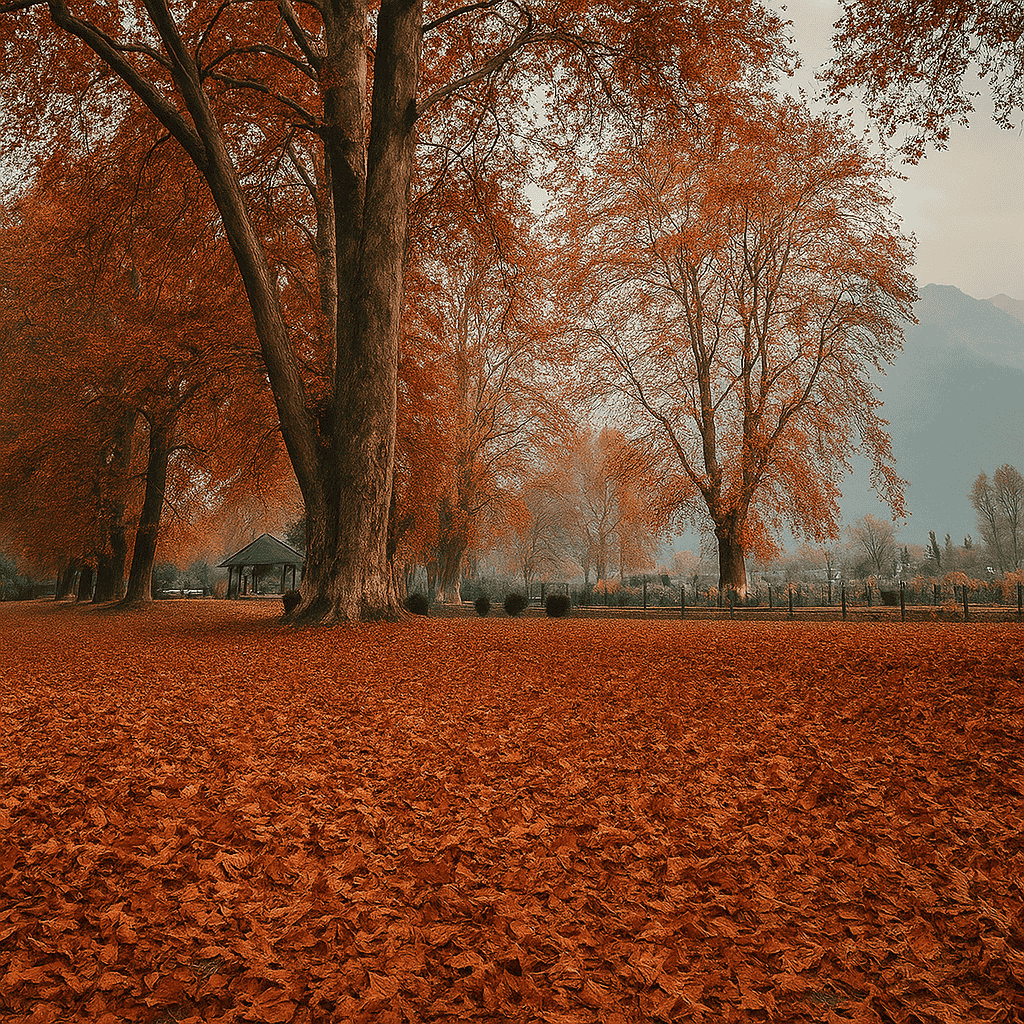
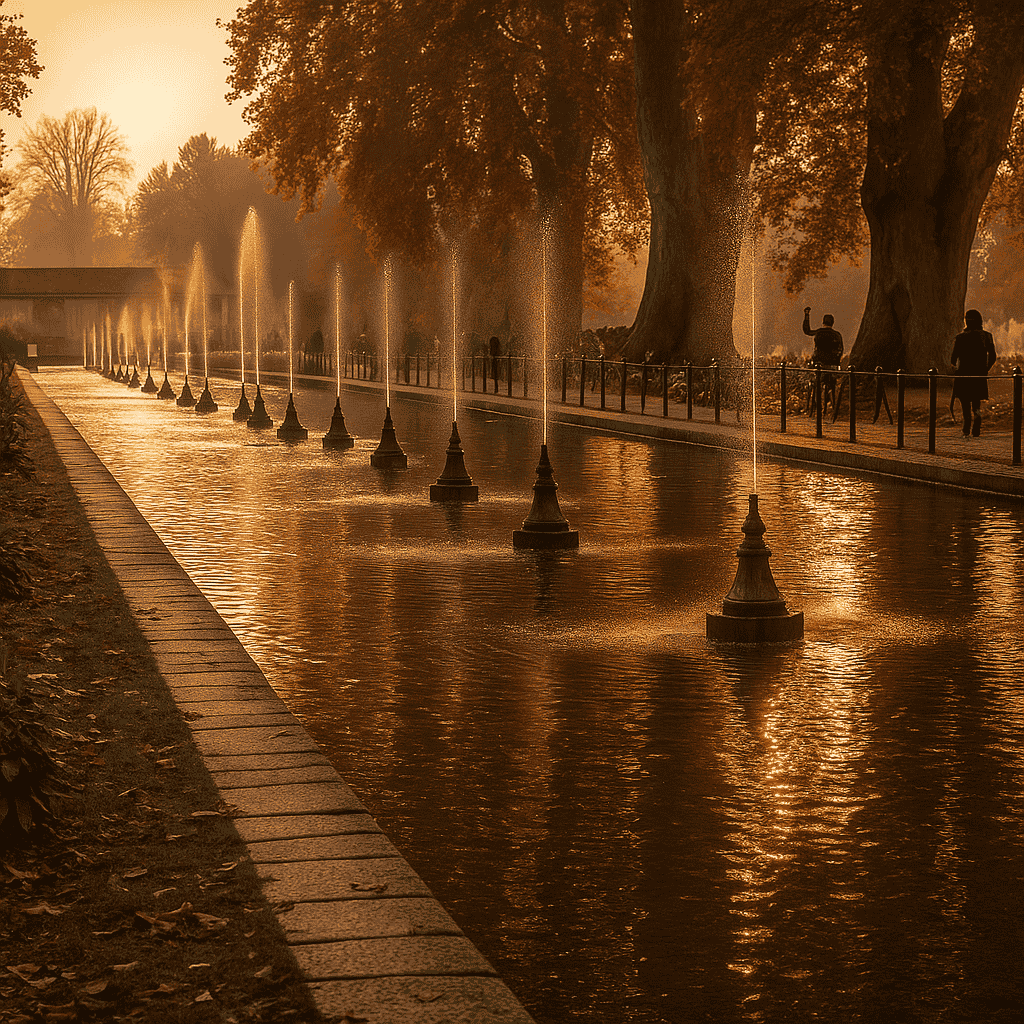
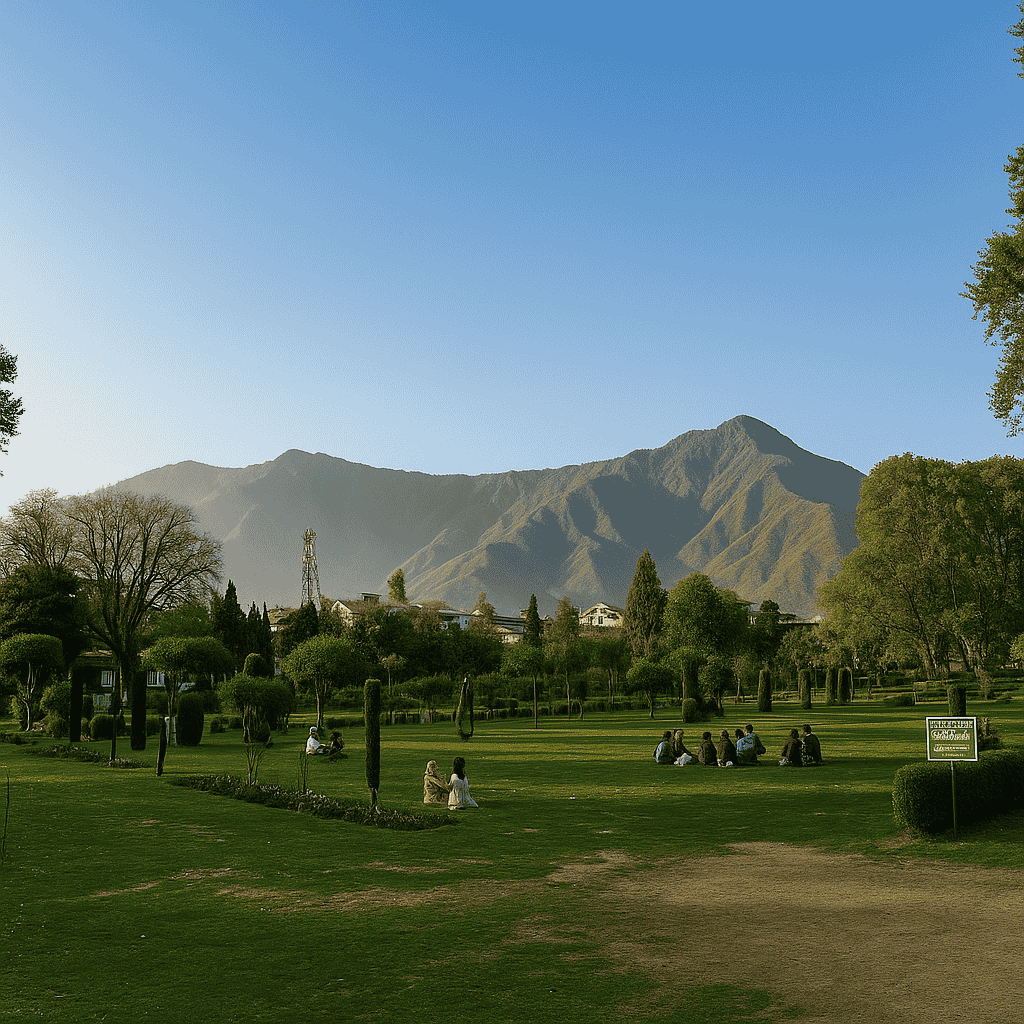
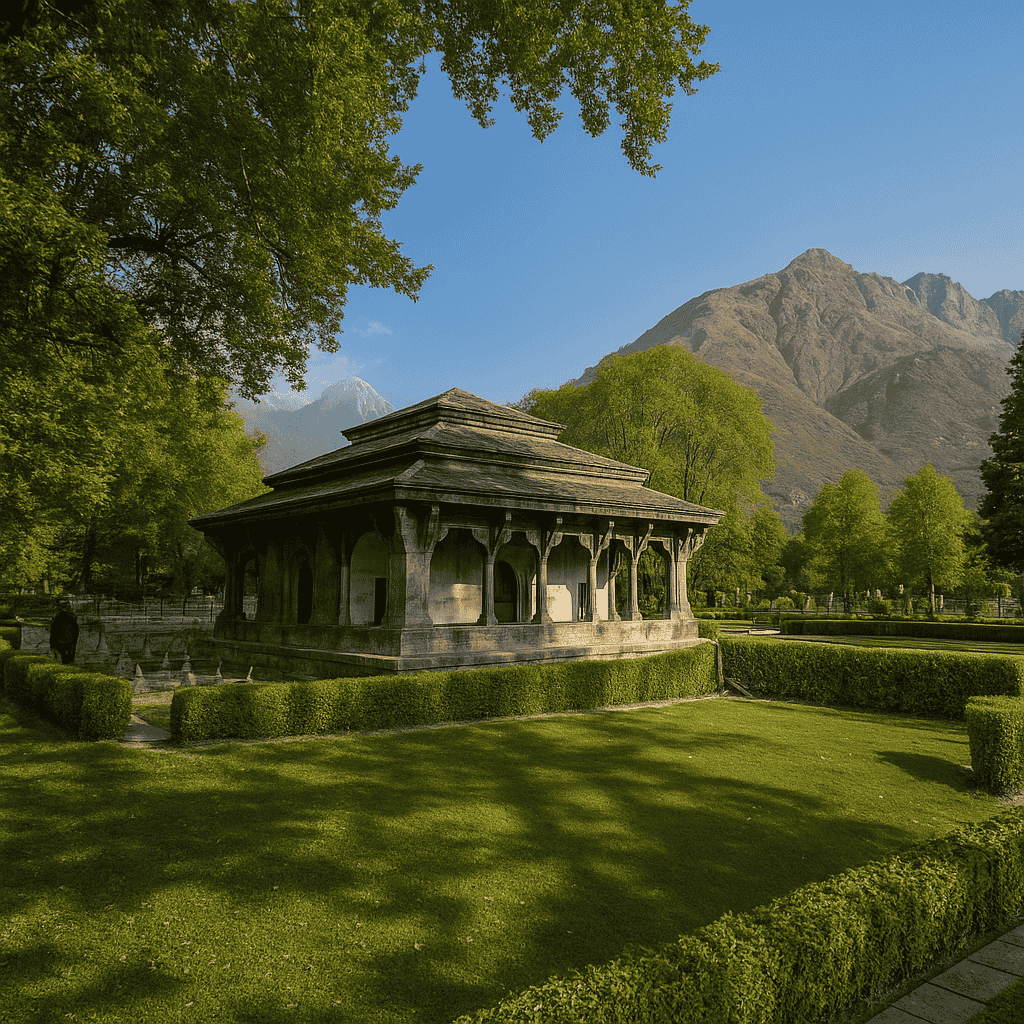
Comments (0)
Please login to leave a comment.